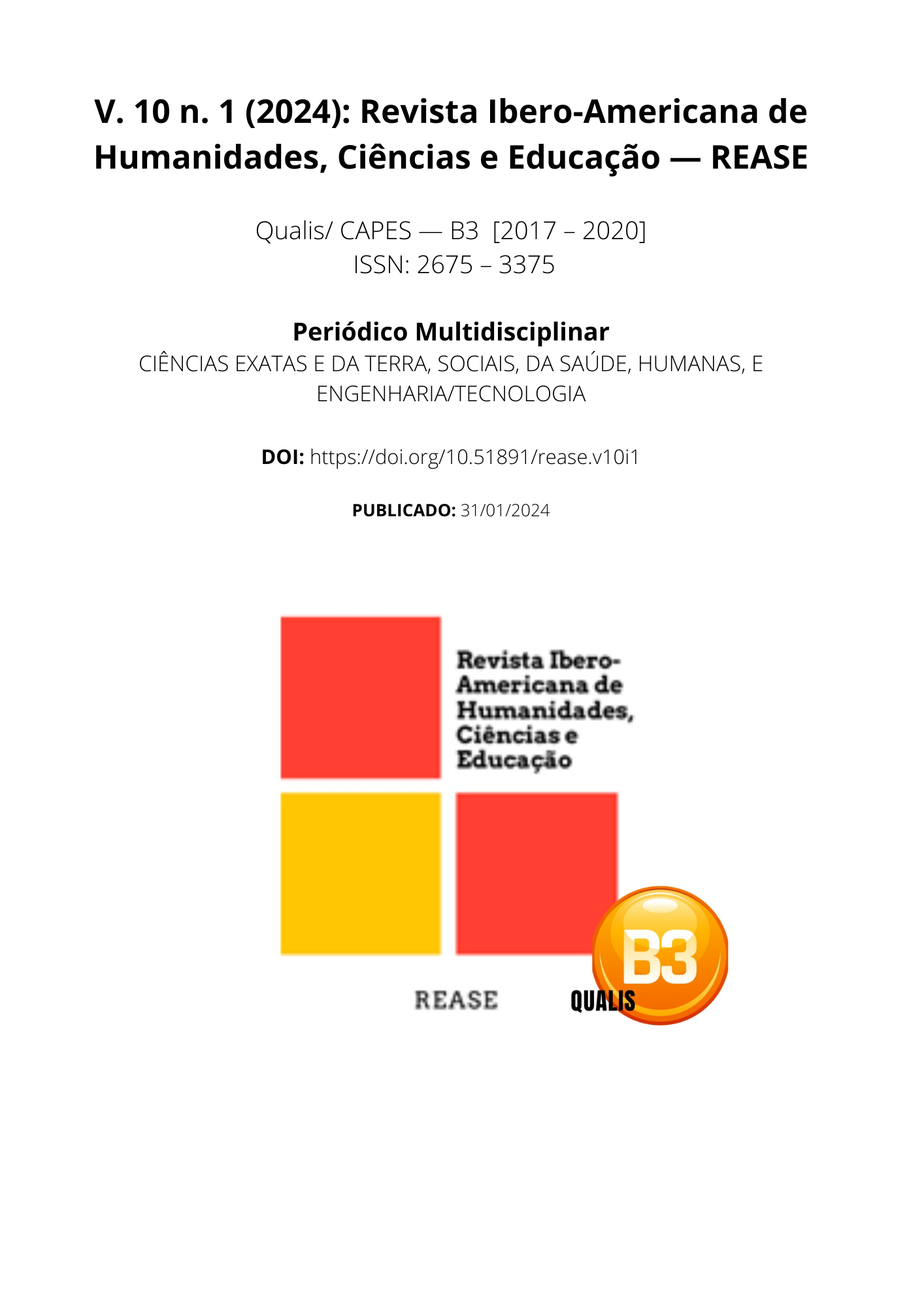FOOD AND NUTRITIONAL SECURITY OF ELDERLY PEOPLE SERVED AT THE HEALTH CENTER DURING COVID-19 PANDEMIC IN THE CITY OF SÃO PAULO
DOI:
https://doi.org/10.51891/rease.v10i1.12062Keywords:
Food insecurity. Food security. Elderly. Covid-19. Nutrition.Abstract
Introduction: Infection with the new Coronavirus has reached alarming proportions with millions of registered cases and risk factors that can lead to severity, one of which is aging with its physiological and organic peculiarities, in addition to its illnesses that maximize systemic inflammation, leaving them vulnerable infectious diseases (DIAS et al., 2020). Elderly people with food insecurity present greater complications from their chronic diseases and worsening nutritional status (SOUZA and MARÍN-LEÓN, 2013), making it necessary to measure their food security so that the results can contribute to the development of health programs and promote adequate nutrition for the vulnerable elderly population. Objective: It was to describe the aspects of food and nutritional security of elderly people cared for in a health center. Method: A cross-sectional study was carried out with elderly people (≥ 60 years old), of both sexes, with active medical records at the Instituto Paulista de Geriatria e Gerontologia “José Ermírio de Moraes”, where a survey was carried out of elderly people who were scheduled for consultations with geriatricians in the months of February, March and April 2020, who were contacted by telephone for the interview. To obtain the data, questionnaires were used containing sociodemographic variables, income, housing, family arrangement and a validated scale that assesses food and nutritional (in)security. Results: According to the data collected, the tables show how the sociodemographic variables of age groups, years and genders were counted (table 1). Family arrangements and the number of people who live with the elderly, as well as the elderly who lived alone or with others (table 2). Family income (table 3). The types of housing and the temporary change of elderly people during the interview period (table 4). For food (in)security, responses were analyzed according to the questions from the Brazilian Food Insecurity Scale (table 5). Conclusion: The population presented the following characteristics with greater prevalence: female sex, age group of 80-89, own home, co-residents of 1 to 2 people, for income was retirement followed by pensioners and Mild Food Insecurity. There was a need to obtain detailed information on sources of income and co-residents of the household.
Downloads
Downloads
Published
How to Cite
Issue
Section
Categories
License
Atribuição CC BY

